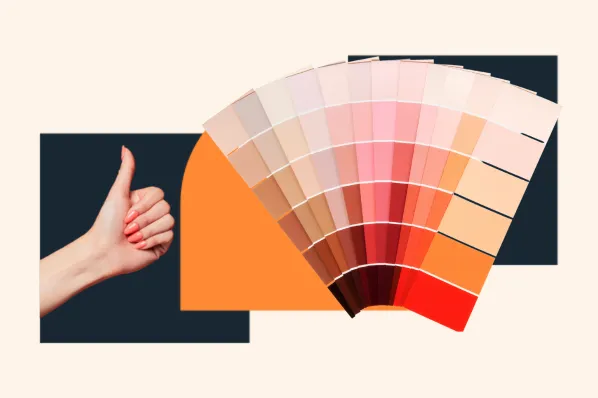What do snail shells, hurricanes, the Parthenon, and Mona Lisa have in common?

They all follow the Golden Ratio.
Here's the thing -- whether you're a designer or not, research has found your brain is likely hard-wired to prefer nature and artwork that follows the Golden Ratio. In fact, art that follows the Golden Ratio is often considered the most beautiful. So even if you don't know what it is, you've undoubtedly seen it in some of your favorite designs and architecture.
In mathematics (a subject I was never that good at), the Golden Ratio exists when a line is divided into two parts, and the longer part (a) divided by the smaller part (b) is equal to the sum of both parts (a) + (b), divided by (a). It should equal approximately 1.618.
Got that? Me, neither. But for our purposes, we're going to concentrate on the Golden Design as it exists in art -- like in Ancient Roman architecture, or Leonardo Da Vinci's paintings.
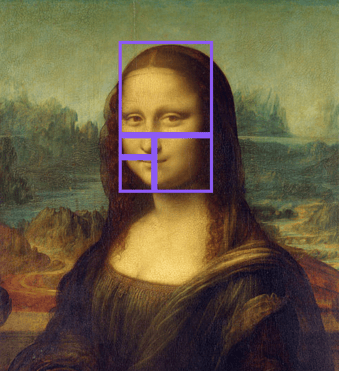
Image courtesy of Museum of Science.
If the Golden Ratio is truly a prerequisite for breathtaking art, it stands to reason you, as someone tackling a design project, should know all about it. Here, we'll break down examples of the Golden Ratio in nature, design, and even the human face, so you can consider how to incorporate the Golden Ratio into your own marketing projects.
What is the Golden Ratio in design?
The Golden Ratio, otherwise known as the Golden Section, Golden Mean, or Phi, is a mathematical ratio that can be used to produce some of the most beautiful artwork and architecture, such as the Mona Lisa or the Parthenon. Our brains are hard-wired to prefer visuals that follow the Golden Ratio, which can be found in many elements in nature, and even the human face, and therefore looks pure and organic.
Golden Ratio in Nature
The Golden Ratio has made an appearance in many notable and obvious items in nature, including trees, pine cones, and the seeds on a strawberry.
However, it's also seen in largely abstract places, like the point in a black hole where the heat changes from positive to negative. Its consistent presence could signify the Golden Ratio as a fundamental constant of nature -- which might explain why our brains seem hard-wired to respond better to visuals that follow the Golden Ratio.
Here, we'll take a look at just a few examples of the Golden Ratio in nature:
1. Flower petals
2. Hurricanes
3. Spiral Galaxies
 Image courtesy of Icy Tails
Image courtesy of Icy Tails4. Nautilus Shells
 Image courtesy of Scinexx.de
Image courtesy of Scinexx.de5. Flower Seeds
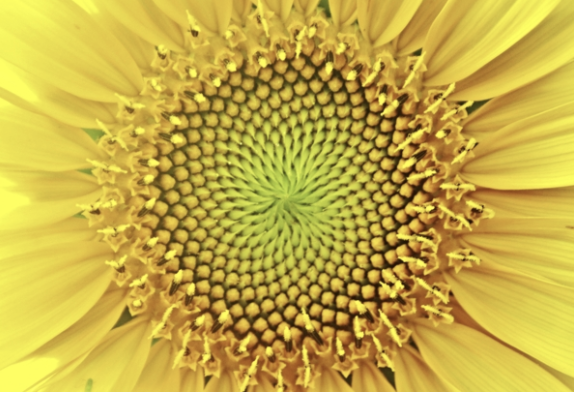 Image courtesy of Sciencestruck
Image courtesy of Sciencestruck6. Pine Cones
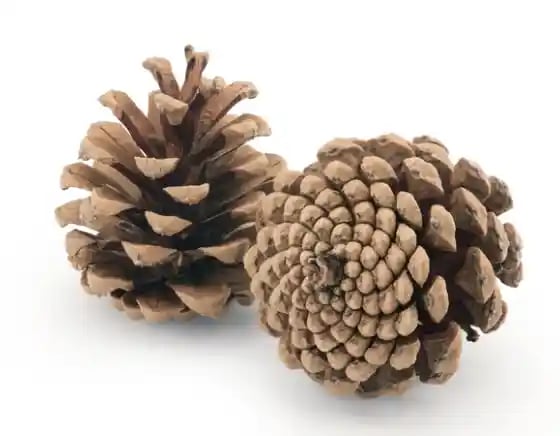 Image courtesy of Sciencestruck
Image courtesy of SciencestruckThe Golden Ratio's Significance for the Human Face
Now that we've explored how nature follows the Golden Ratio, let's take a look at the Golden Ratio as it exists on the human face.
Allegedly, the head forms a golden rectangle with the eyes as the midpoint, and the mouth and nose as golden sections of the distance between the eyes and the chin. The Golden Ratio can even be found in our teeth, and profile when we turn our head to the side.
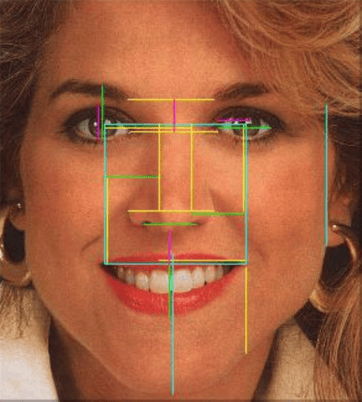 Image courtesy of Goldennumber.net
Image courtesy of Goldennumber.netResearch has found faces that align closest with the Golden Ratio are considered most beautiful.
Dr. Stephen R. Marquardt, who received his doctorate from UCLA and conducts studies on human attractiveness, believes the Golden Ratio is the mathematical formula that describes facial beauty.
Golden Ratio Examples
- "Mona Lisa" by Leonardo Da Vinci
- Parthenon
- Snail shells
- Hurricanes
- Seed heads
- Flower petals
- Pinecones
- "The Last Supper" by Leonardo Da Vinci
- Tree Branches
- Human face
- Spiral galaxy
- "The Creation of Adam" by Michelangelo
- DNA molecules
- "The Sacrament of the Last Supper" by Salvador Dali
The following course was designed in conjunction with The Digital Marketing Institute:

 Image courtesy of
Image courtesy of Image courtesy of
Image courtesy of

